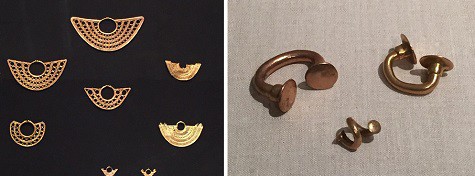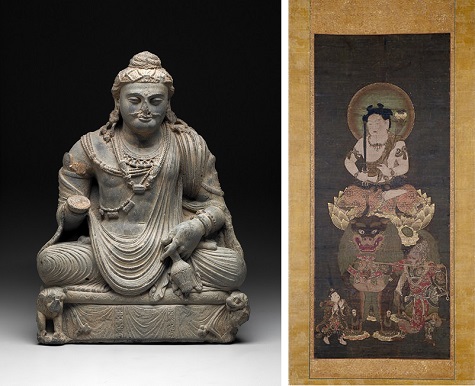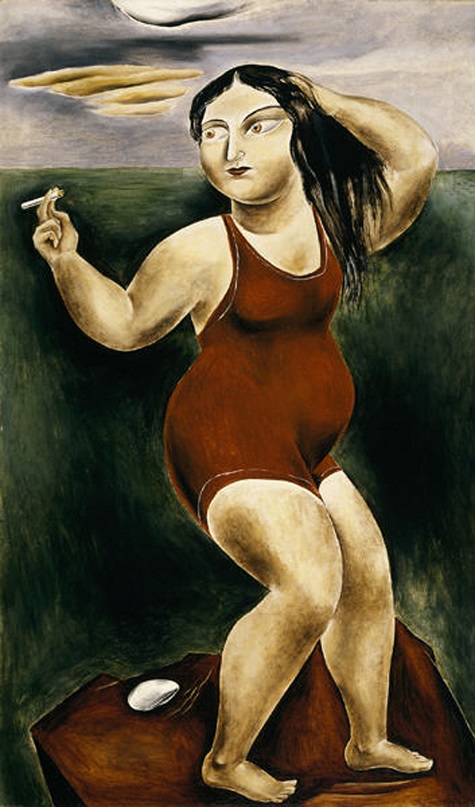One of the many things I’ve enjoyed since joining the DMA Intern Class of 2016 is working with Booker T. Washington seniors to develop their own projects for community engagement at the DMA. A few times a week, the students walk down the street to visit the Museum. We’ve been discussing different learning styles and how to appeal to all the diverse learners that visit museums. While assisting students with their projects is my main focus during their visits to the DMA, I cannot help but also pay special attention to their fashion choices. From week to week, each student’s individual style has inspired me.
So for today’s post, I wanted to highlight some pieces in the DMA’s collection that feature elements of these students’ style. Maybe they will inspire you too!
From the stage to the runway, septum rings have moved beyond counterculture to mainstream fashion.

Find these nose rings at the DMA on Level 4 in the Ancient American galleries.
Carefully taut buns, messy half-up top knots, and lots of little Bantu knots—this unisex hair trend can be styled in so many different ways. Like it or knot, buns are here to stay.

For top knot inspiration, look to Bodhisattva in the South Asian gallery and Monju (Manjusri) in the Japanese gallery, both on Level 3.
One-piece swimsuits and leotards have been back for a few years now. But with some of the Booker T. girls, I’ve noticed them as daily wear with skirts and sweaters or even cut-off shorts and a flannel shirt wrapped around the waist.

This Bather in a one-piece carries off the look with some attitude. She’s a music video waiting to happen. Catch her on Level 4 in the American galleries.
Men’s patterned shirts mirror many of the patterns in our permanent collection. Some of the young men at Booker T. have been seen sporting stripes and floral prints on their button downs. The DMA is home to many intricate textiles as well as paintings that feature patterns that may inspire your own style.
You can see these three men in patterned shirts in the folding backgammon board in the Level 3 South Asian galleries; the shirt for the figure of a saint is found on the Level 4 outside the Ancient American galleries; and Leon Polk Smith’s asymmetrical work Homage to Victory Boogie Woogie #1 is in the American galleries on Level 4. The paisley pattern is a detail of Alfred Stevens’ The Visit, found on Level 2 in the European galleries.
Stop by the DMA soon for your next style inspiration.
Whitney Sirois is the McDermott Graduate Intern for Gallery and Community Teaching at the DMA.
